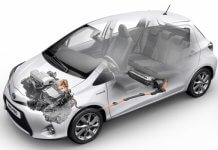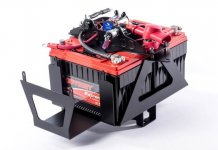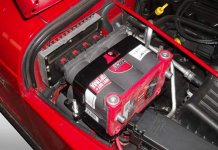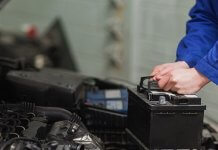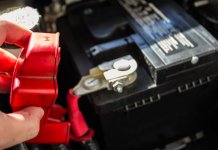Flooded Wet Cell Battery</span></h3>cle that are vital to its everyday function, but one of the most important parts is the battery. Car batteries initiate the starting process and provide electrical current to different functions in the car. A malfunctioning car battery will shut down a vehicle. The vehicle won’t start, and drivers are likely to encounter a serious of issues such as the inability to initiate the fuel system which sends a signal from the fuel pump to the engine.</p>
Why use the battery from the manufacturer? Vehicle manufacturers and dealerships have thorough information on your car. They’ll know what parts your car needs including the car battery. If a car battery is faulty, the manufacturer or dealership will issue a replacement battery.</p>
</p>
Table of Content</p></p>
- </li></ul></div></h2></span></h3></body></html>
Table of Content</p></p>
- </li></ul></div></h2></span></h3></body></html>


